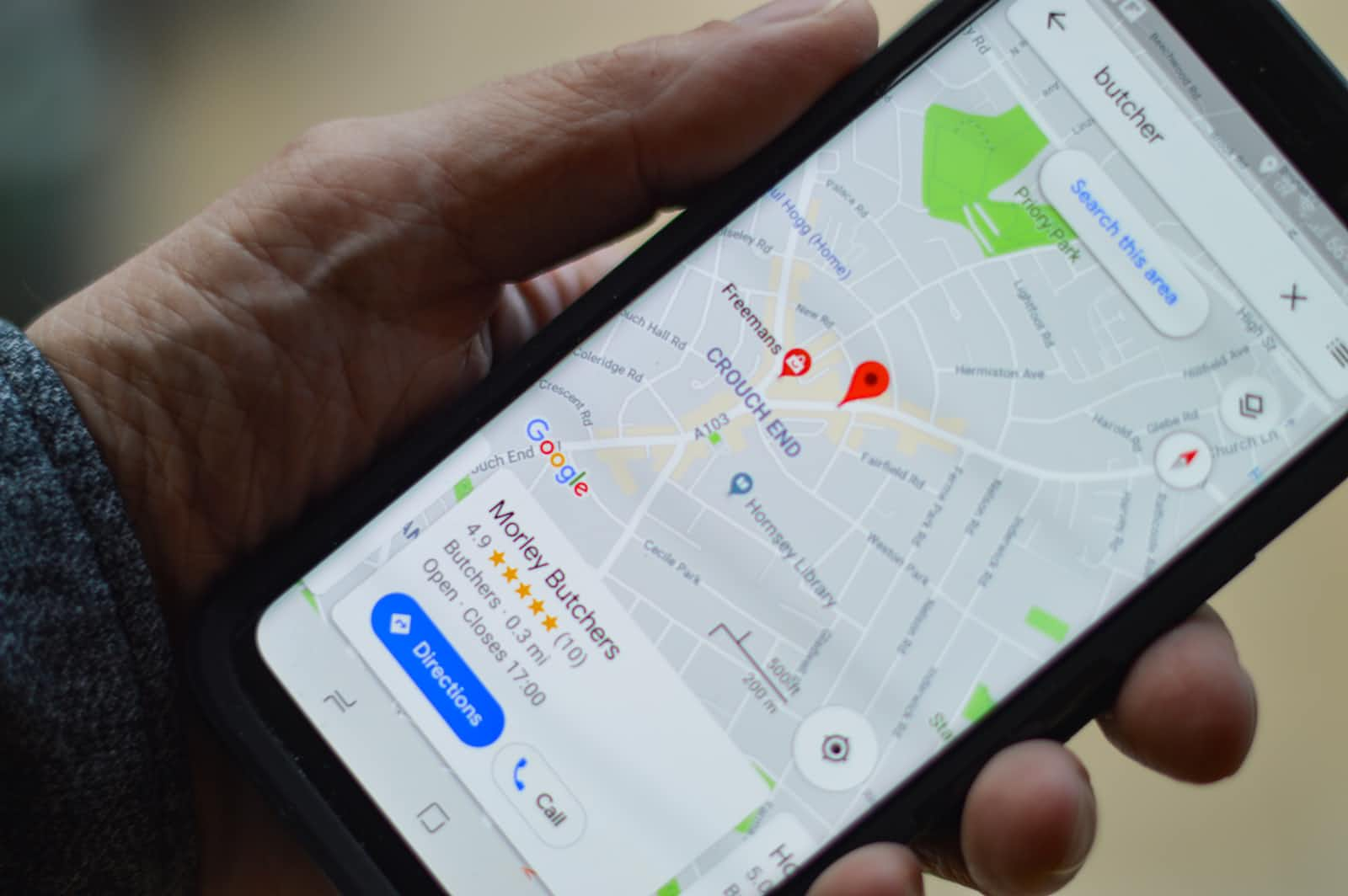Marble: Open-Source Alternative to Google Earth for Linux Users
 Pratik M
Pratik M
For Linux users seeking an immersive mapping experience similar to Google Earth, without sacrificing privacy, Marble delivers expansive digital globes, views, and innovative features for planning journeys across the planet and into outer space.
This open-source virtual globe enables you to chart routes, follow GPS tracks, and glimpse history through centuries-old map reproductions.
Introduction to Marble Virtual Globe
Google Earth pioneered interactive 3D mapping, yet its association with controversial intelligence agencies makes privacy-focused individuals wary. Marble presents an ethical, customizable alternative for Linux. Developed by KDE, this virtual globe combines recent and historical maps, climate data, satellite imagery, and Moon topography into an interactive desktop experience.
Let's examine Marble's capabilities for education, exploration, and travel planning. We'll also compare its features and performance to Google Earth Pro.
Key Benefits of Using Marble
Why choose open-source Marble over Google Earth? Main advantages include:
Avoid privacy issues associated with Google software products
Lightweight performance compared to resource-intensive Google Earth
Included access to OpenStreetMap's extensive mapping data
Historical map views offer unique educational insights
Highly customizable with abundant plugins and settings
Plan trips utilizing diverse routing options and GPS integration
With privacy as a top concern today, open-source Marble delivers Google Earth-like utility without the privacy drawbacks. Its efficient performance also suits lower-powered systems. Next, let's look at installing and utilizing Marble.
Installing Marble on Linux Distributions
Marble is available in most distribution repositories, but these releases lag behind the latest version. For the newest Marble, use Flatpak or Snap.
Flatpak installation:
flatpak install flathub org.kde.marble
Snap installation:
sudo snap install marble
Now launch Marble from your system menu. Let's explore what this virtual globe offers!
Navigating Marble's Fully Featured Interface
Upon opening Marble, a 3D representation of Earth appears, centered on Denmark. The default political Atlas view displays nation borders, equator, and other geographic features. Grab and rotate the globe with your mouse. Scroll to zoom in and out.
Marble really shines once you change map views. Access 15 options by clicking the map thumbnails along the top toolbar.
For street navigation, OpenStreetMap provides unmatched detail down to walking trails. See any place on Earth! Satellite renders our planet based on NASA's Blue Marble imagery. Precipitation and temperature layers help visualize weather conditions anywhere.
Most fascinating are the historical maps. 1689 Dutch and 1492 Behaim Globe views transport you to earlier eras, when European mapmakers populated unknown lands with mythical features.
Further customize your perspective using specialized projections like Azimuthal Equidistant. Toggle on stars, clouds, and eclipses under the View menu. Configure Marble offers abundant custom settings and plugins.
Plan Your Next Journey With Marble
Beyond entertainment, Marble enables practical travel planning. Under the Routing tab, input locations and transport mode to calculate driving, walking, or cycling routes. Set waypoints along your journey, or reverse the route direction.
For hiking trips, Marble incorporates tiny footpaths and trails from OpenStreetMap. With a compatible GPS receiver, Marble tracks and maps your real-time position during travel.
How Marble Compares to Google Earth Pro
So how does open-source Marble stack up against Google's offering? Despite its name, Google Earth Pro lacks the polish and options of Marble desktop.
Google Earth Pro emphasizes imagery over utility. Its fast satellite 3D views demand substantial computing resources. Layers and map views are limited compared to Marble. Google instead pushes users toward stripped-down web versions.
Marble provides superior route planning tools. Google Earth offers only basic capabilities, with an outdated interface. It clearly steers users to Google Maps instead.
For true off-road exploration, Marble's integration with OpenStreetMap makes it invaluable. Google Maps lacks smaller footpaths and trails.
In summary, Marble provides a smoother, modular, and customizable experience than current Google Earth desktop versions. Its focus on diverse views and innovative features make for engaging virtual travels.
Conclusion
Marble's expansive mapping capabilities and commitment to privacy make it the ideal virtual globe for Linux users. Tour exotic locales, chart new journeys, and revisit historic perspectives rendered in this versatile open-source application. Download Marble today and immerse yourself in landscapes near and far, real and imagined.
Subscribe to my newsletter
Read articles from Pratik M directly inside your inbox. Subscribe to the newsletter, and don't miss out.
Written by

Pratik M
Pratik M
As an experienced Linux user and no-code app developer, I enjoy using the latest tools to create efficient and innovative small apps. Although coding is my hobby, I still love using AI tools and no-code platforms.